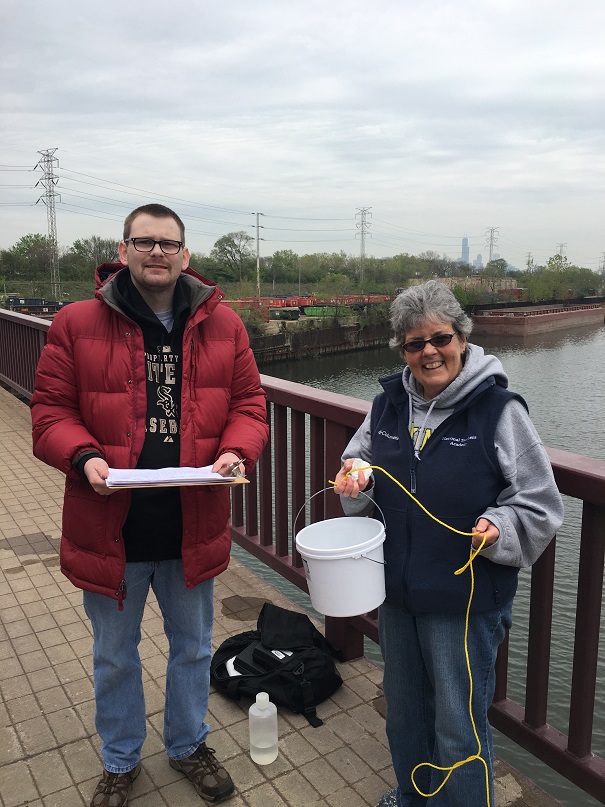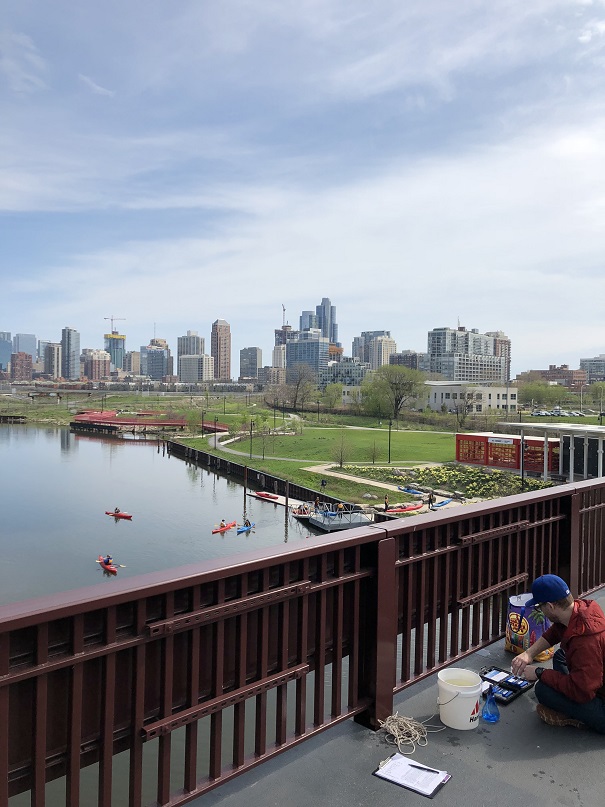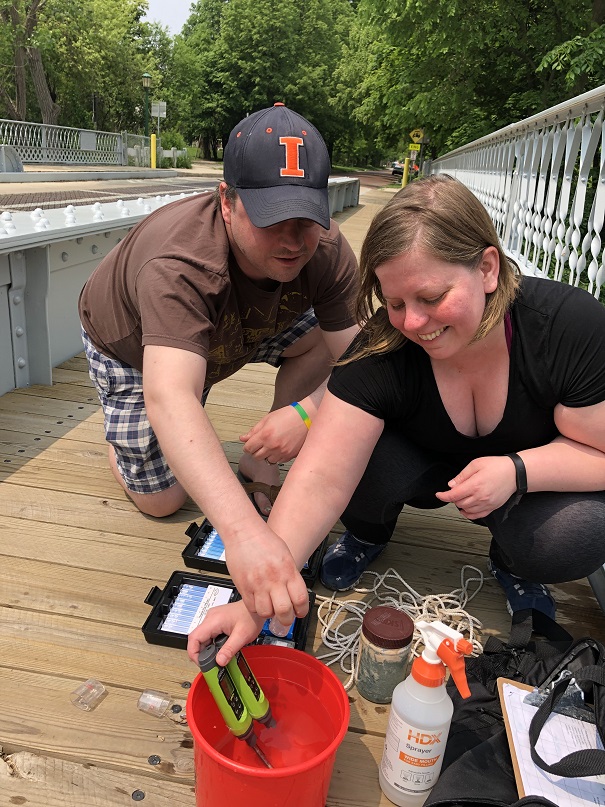Welcome to “Understanding Chicago’s Water,” a monthly blog from the Sierra Club Chicago Water Team. This blog will explore the reports produced by the team’s citizen-science Water Sampling Program, and what they mean for the environmental quality of Chicago’s bodies of water. Each post will highlight a different site in the program in order to understand the issues facing Chicago’s environment, how the Sierra Club is working to address them, and how you can get involved.
The Water Sampling Program’s goals are to connect Chicagoans with the region’s waterways; to draw attention to and fight polluting activities; and to educate the public and key stakeholders on pressing environmental issues. The Water Team has trained dozens of volunteers to take readings of dissolved oxygen, temperature, phosphorus, conductivity, and pH at testing sites. Our team then evaluates all test results on a green-yellow-red scale, with green indicating suitable levels, yellow indicating a cause for moderate concern, and red indicating danger.
The Water Team currently tests at 11 sampling sites, at locations ranging from the Baha’i Temple in Wilmette to the Sanitary and Ship Canal in South Lawndale. While conducting sampling, our volunteers also monitor for other environmental hazards such as litter, pollution, or suspicious chemicals.
Although the program was impacted in 2020 by the COVID-19 pandemic, we managed to collect a measure of data during the year. We had eight sampling days and 48 sampling events, which are full sets of tests collected at a single sampling site. Nine volunteers supported this work throughout the year. In 2021, we’re back to a regular schedule of sampling every third Saturday.
To regularly update the public, the Water Team publishes our data online each month. Please follow this blog for further updates about the program’s findings and the story of Chicago’s waterways.
Sierra Club Chicago’s Water Team is always looking for new members who are passionate about working to protect Chicago’s natural resources. Learn more and sign up here if you’d like to get involved.


